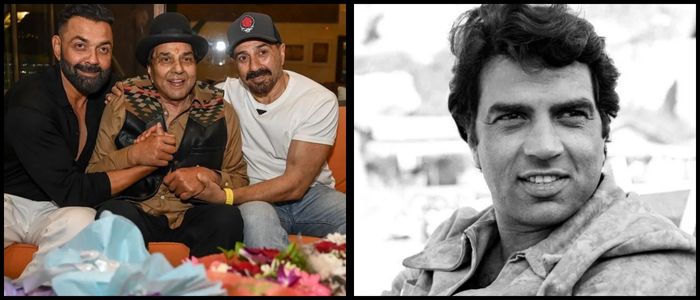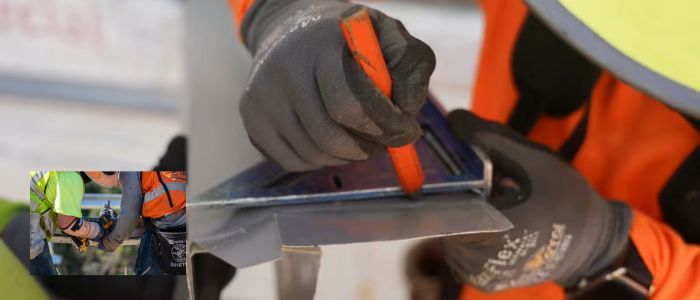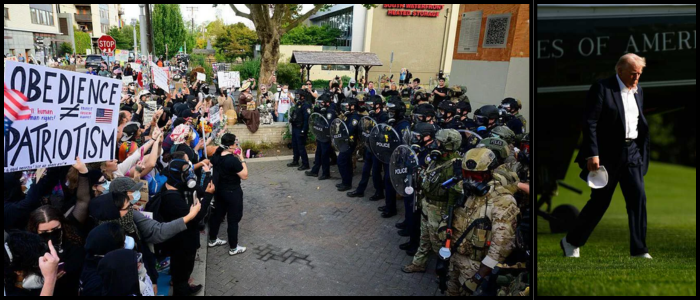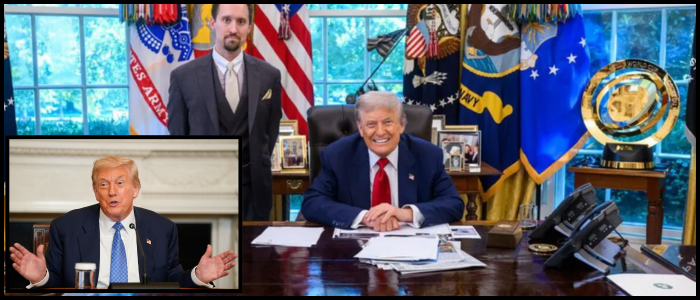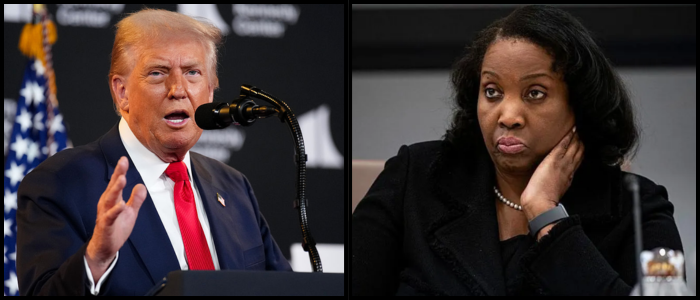The camp, near Ochopee, sits on a deserted airfield and holds up to 5,000 migrants who have crossed the border illegally. Teeming with alligators, poisonous snakes, and an unforgiving landscape, the site is being pitched by the Trump administration as a high-security answer to a desperate problem of migrants and a visible representation of its immigration crackdown.
“When you have actual killers and rapists and sex offenders and criminals that do heinous crimes being held in a detention facility, that is being detained by alligators, do I think that is a deterrent?” White House Press Secretary Karoline Leavitt said.
A Political Spectacle — but With Dark Undertones
Critics complain that the visit is as much about optics as it is about immigration enforcement — in other words, a stage-managed photo op designed to depict Trump as a “tough-on-border” strongman. The name “Alligator Alcatraz” (complete with official gear like mugs, caps, and even baby onesies) is indicative of the demonstrative quality of the venture.
In case you missed the symbolism. Given President Trump’s worship of authoritarians and his administration’s penchant for flouting the law and constitutional norms, the parallels to past internment camps and dictatorships are less abstract than you’d wish.
“It is reckless pageantry,” immigration rights advocates warned. “This is not just politics — this is dehumanization.”
Degradation of Human Rights and Environment
Human rights groups, environmentalists, and Florida’s indigenous communities have sounded alarms about the site’s impact. Some are afraid sacred land is under threat; others are concerned about the harsh conditions in the camp and the possibility of abuse.
The anxiety spread after ICE confirmed last week the most recent death, that of a 75-year-old Cuban man at a separate facility, raising new concerns about medical care in detention. When questioned, Trump’s border czar, Tom Homan, waved it off:
“People die in custody. People die in jails.”
Who Will Be Detained?
Although officials emphasize that violent criminals will be at the top of the list to be detained, ICE data indicate that less than 10 percent of those arrested for immigration violations from Oct. 1 to the middle of February have been convicted of more serious crimes. The majority were detained on minor offenses or immigration charges.
Trump has repeatedly painted all undocumented migrants as dangerous — language critics say fuels fear, misinformation, and xenophobia.
A Broader Political Strategy
The visit also comes on the heels of Trump’s attempts to gain approval for his multi-billion“ One Big Beautiful Bill” — legislation that’s crammed full of cash for deportation infrastructure and immigration enforcement.
"His visit to this detention facility underscores the necessity for the bill," Leavitt said.
Analysts say it is also a play for media dominance. By inciting outrage and demanding attention, Trump manages to bully both allies and critics into reacting — which gives him even more control of the political narrative.
Conclusion: Hardnosed Politics or Mere Cruelty?
Trump’s visit to “Alligator Alcatraz” highlights the tension between policy, politics, and principle. Supporters see it as a hard line on border control. Critics see echoes of a dark history and a dangerous precedent for human rights in America.
As the debate over immigration continues to polarize, this latest spectacle is a reminder that the fight isn’t just over laws — it’s also over what kind of country we want to be.
Politics
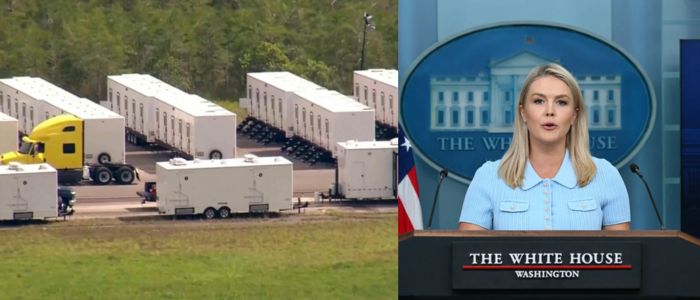
Trump’s Visit to ‘Alligator Alcatraz’ Stokes Controversy, Fear, and Fierce Debate

President Donald Trump is planning to visit "Alligator Alcatraz," a newly constructed migrant detention and deportation camp tucked deep in the Florida Everglades – a foray that has set off a firestorm of debate, demonstrations, and worldwide press attention.





